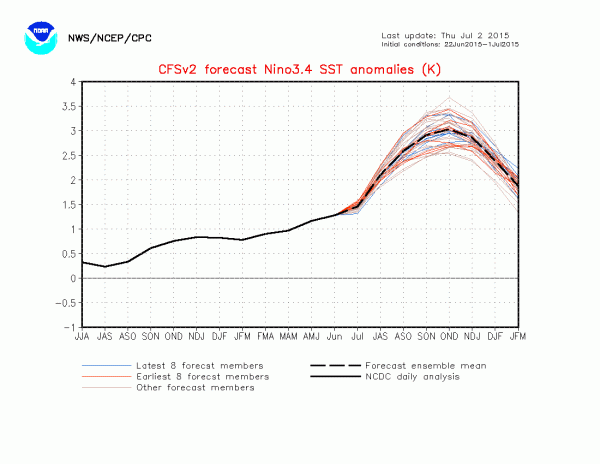Channel Islands Bald Eagles Thriving on Seabirds, Fish
 A breeding male bald eagle is shown landing at the west end on Santa Catalina Island, Calif. – P. Sharpe
A breeding male bald eagle is shown landing at the west end on Santa Catalina Island, Calif. – P. Sharpe
“Doing very well! Thanks for checking,” the bald eagles of California’s Channel Islands might well say to recent inquiries by researchers about their well-being.
The iconic birds were erased from the Channel Islands completely in the 1960s thanks to hunters, egg collectors, and the poisoning of their environment by the insecticide DDT.
But they have been reintroduced to the islands over the last three 35 years, and scientists writing in the latest issue of the journal The Condor: Ornithological Applications wanted to compare the eagles’ modern diet with that of the historical eagle population. Understanding how a habitat has changed between disappearance and reintroduction, they stress, is critical to gauging a species’ chance of thriving in an ancestral location.
Bald Eagle Lays Egg, Becomes Internet Sensation
Seth Newsome, of the University of New Mexico; Paul Collins, of the Santa Barbara Museum of Natural History; and Peter Sharpe, of the Institute for Wildlife Studies authored the study.
In 2010 and 2011, the trio examined the diets of the eagles and found the animals were indeed thriving, albeit from different dietary staples.
In the northern islands, the researchers found the eagles were eating much as they had before disappearing: they were feasting on seabirds.
Meanwhile, on the more southerly Santa Catalina Island, the eagles were, it turned out, eating primarily fish.
“Generally speaking,” explained Newsome in a release, “the northern islands are much more pristine, and a larger fraction of their coastlines includes areas where fishing is strongly regulated or banned.”
But Santa Catalina, Newsome noted, “has a larger human footprint, especially in the form of recreational fishing.”
The team thinks the eagles on Santa Catalina have figured out that the wisest thing to do when hungry is to look for the humans in the boats. “We believe that the differences in diversity of fish consumed by eagles in these two areas is actually a product of recreational fishing, and that eagles on Santa Catalina have learned to follow recreational fishing boats and scavenge discards thrown overboard,” said Newsome.
World’s Oldest Known Bird: Photos
While none of this thriving-on-seabirds news is terribly welcome if you’re a seabird, it nonetheless indicates something good. The researchers say the northern islands eagles’ abundant consumption of them shows that efforts to conserve seabirds in the area have been a boost to the whole ecosystem.
“Preserving diversity is wonderful,” Newsome said. “But you need to preserve diversity at all levels in the food chain. At present, such intact, fully-functioning food webs are relatively rare in the United States, but to see that happen in a place like the Channel Islands that is adjacent to an area with one of the highest human population densities in the U.S. (southern California) is exciting.”
These encouraging findings about the resurgent eagles come just days after news broke that the bald eagle population had expanded its reach to five of the eight Channel Islands, nesting on an island, San Clemente, that had not seen a nesting pair of bald eagles in more than half a century.
Read the original post: www.news.discovery.com







